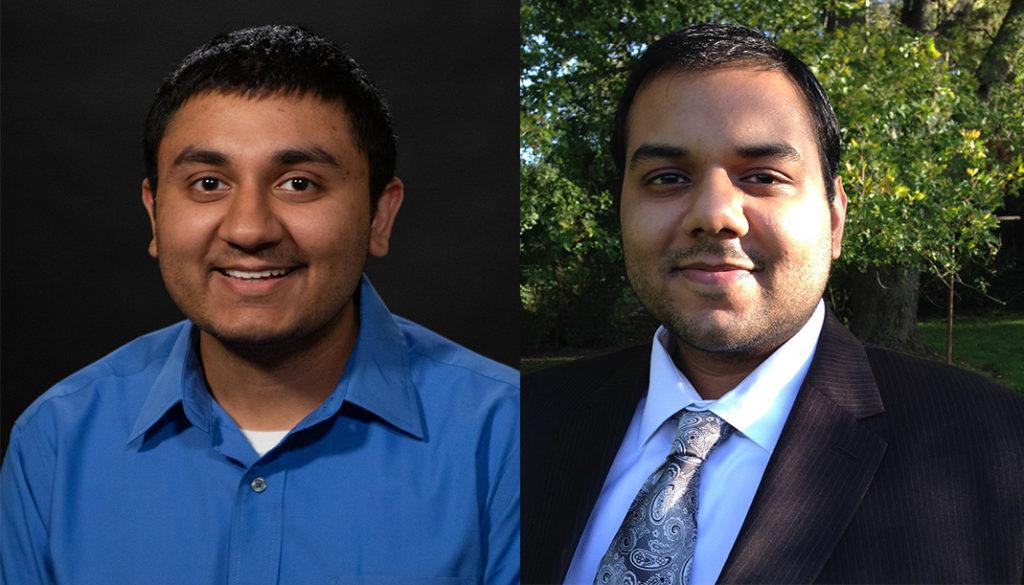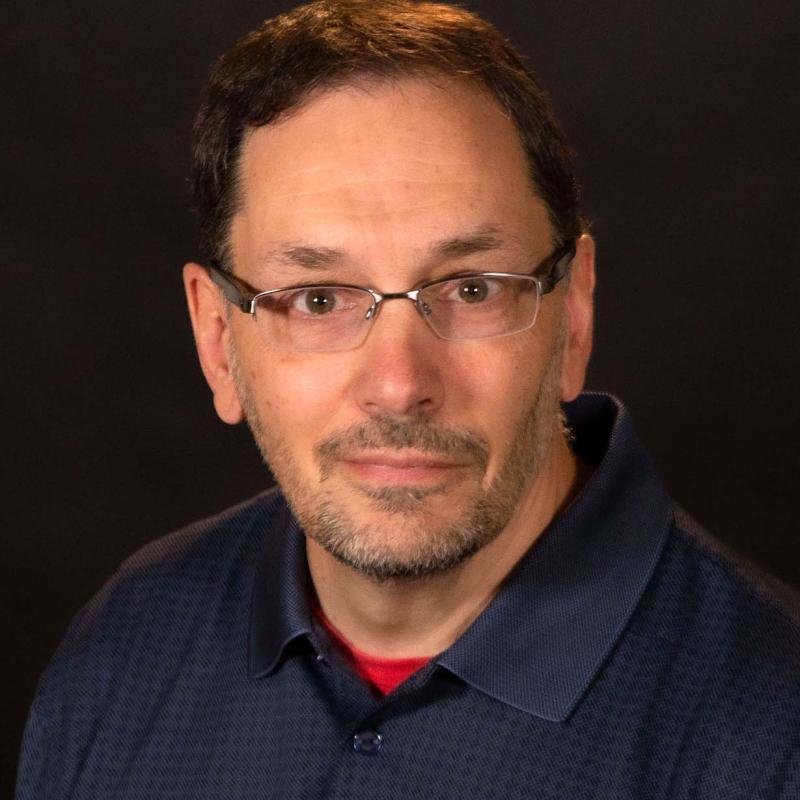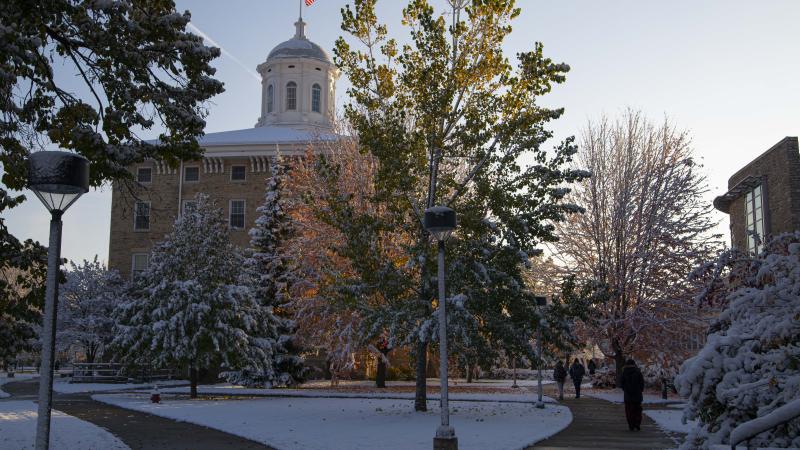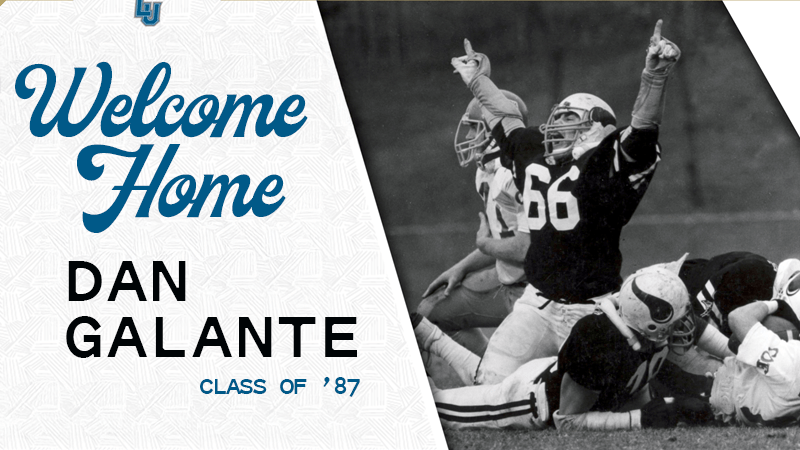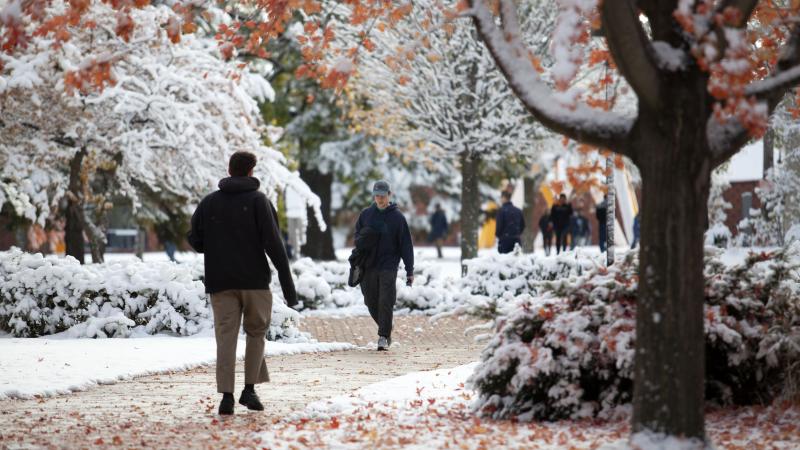The Kalsi brothers have a lot in common.
Both are recent Lawrence University alumni. Both were biology majors. Both were first-generation college students. Both managed to graduate in three years. And both have a passion for science—and for using their skill set to address the world’s most pressing health concerns.
Satvir Kalsi ’17 and Harsimran Kalsi ’20 have spent their summer working as a team, launching a biotechnology conference—it was to be hosted at Lawrence in April but has since moved to a virtual format—and finalizing the details on their own start-up business, tentatively called Otto, which is set to launch later in the fall. With a lifetime of experience learning each other’s habits, predicting each other’s moves, and adapting to each other’s situations and needs, the brothers are well-equipped to tackle any challenge thrown at them as business partners.
Together, they’re keeping their eyes on a big goal: scientific innovation.
Healthspan 2020, a virtual conference
The process of aging is arguably the most universal health concern there is, so it was the first issue on the Kalsi brothers’ agenda. Every day, the majority of deaths worldwide are caused by aging and/or age-related illnesses, and aging is, of course, something none of us can avoid.
At least, not yet.
Even though the average lifespan has increased as modern medicine has continued to develop, age-related health problems have largely remained stagnant. Essentially, people are living sicker for longer.
That’s where rejuvenation biotechnology, the subject of theHealthspan 2020conference, comes in. Focusing on repairing the damage aging naturally does to the body, rejuvenation biotechnology aims to enable people to live healthier lives, regardless of their age.
“The goal is not just to extend life; it is to make people healthier, longer,” Harsimran said. “So, if you’re chronologically 90, you’re biologically 60.”
The Healthspan conference launched Aug. 26, with an emphasis on the current state of rejuvenation biotechnology research and innovation, as well as the specific health care developments in Wisconsin. Featuring expert speakers from the realms of industry and academia, the entirely virtual, nearly carbon-neutral conference aims to provide a comprehensive picture of the science behind aging—and the potential reversal of its effects—while also ensuring the information is presented in a concise and understandable manner.
Admittedly, Harsimran did not plan for the conference to be completely online when he came up with the idea as a student back in 2018. The conference was originally scheduled for April 3 on the Lawrence campus, before Lawrence announced it would continue virtually for the Spring Term. But what the virtual conference lacks in direct, in-person communication, it makes up for in accessibility. The website is available to everyone.
Although Satvir was not originally as involved with the April conference, when the change of date and format resulted in a change of the speaker lineup, Satvir was there to help bridge the gap as he took on the role of Healthspan’s final speaker. As a third-year medical student at the Medical College of Wisconsin, he brings an interesting perspective to the conference: that of an advocate for comprehensive change in how the medical community, and those who influence it, approach aging.
“There are still people out there who don’t know the problem exists, and that advocacy work is open to pretty much anybody,” Satvir said. “… I wanted to be able to put this problem into perspective and try to connect people to the science without getting bogged down by the specifics.”
Pursuing entrepreneurship
The Kalsis’ dedication to scientific innovation does not stop with the Healthspan 2020 conference.
Especially at this moment in history, the need for speed and reliability in scientific discovery is brutally apparent. But, the Kalsis said, it’s become clear that there are some snags in the system, that the scientific community is not structured in a way that always facilitates fast, effective collaboration.
“You can imagine, if someone made this process even faster, that could really save not just lives but a lot of time, a lot of money, and obviously the death toll would be decreased by almost any measure,” Satvir said.
Back in the fall of 2018, after spending a few summers doing scientific research, Satvir and Harsimran said they noticed what others are now starting to see: scientific innovation doesn’t move as fast as it could. Due to a variety of barriers regarding collaborations, including financial and accessibility roadblocks, there is too often excessive red tape standing in the way of scientific discovery.
“It typically takes 17 years for data on a lab bench to go to being an actual clinical therapy,” Harsimran said. “And, you know, where will we all be in 17 years? How about the oldest people we know? And then it also takes on average $2 billion. … If we can reduce these barriers, there’s a pretty good chance that we could speed up how quickly we get good medical care. I think everyone is realizing the importance of that.”
That necessity for speed is the basis behind the Kalsis’ new tech start-up. After two years of development, entrepreneurship classes, and recruiting potential users, the brothers are just a few months away from the launch of their new platform, designed to facilitate access to scientific expertise and equipment and to streamline collaboration and communication between scientists.
Through their website, users, including academic institutions, citizen scientists, and early-stage biotechnology and biopharmacology companies, will be able to work together in their research and experiments, potentially leading to faster and easier scientific discovery. With users from a variety of different fields of industry and academia, individuals and organizations can use the platform to find collaborators for research and to access otherwise expensive and hard-to-get equipment, making the field of science more accessible for more people.
Although the website will initially be limited to pre-selected and approved users, if all goes well the plan is to expand and make the platform available to the public, facilitating further scientific innovation and discovery.
“If it works out really well, it’s not only valuable, but it’s actually a catalyst for scientific discovery,” Satvir said. “. . . It’s causing us to discover new things very quickly and causing us to have new treatments very quickly. That could really change the landscape we deal with today.
